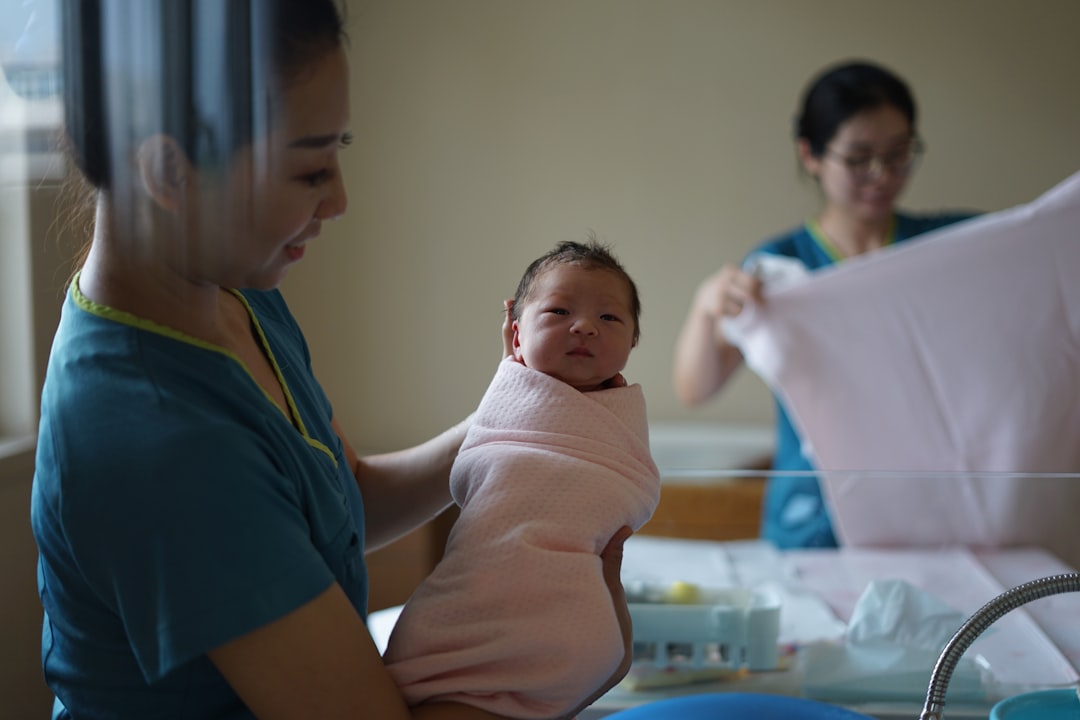What is it about?
In this report we focused our interest on the early events of the replication cycle of NWS/33 human influenza A (NWS) virus in MDCK (canine), LLC-MK2 (simian), and NSK (swine) kidney cells, with different susceptibility upon infection. To explore how cell endocytic mechanisms are hijacked by NWS virus and may modulate the outcome of viral infection, the effect of drugs affecting selectively the entry via clathrin-coated pits, caveolar/raft-dependent endocytosis and macropinocytosis was analyzed. Results point to critical differences in terms of internalization pathways exploited by NWS virus to enter the examined cell models. Moreover, we show that some ways of entry do not allow an effective virus internalization, depending on the cell type.
Featured Image
Why is it important?
Understanding how specific cell functions/components may regulate early phases of viral replication allows us to deepen our knowledge on influenza virus infection and provides new insights for anti-viral researches.
Perspectives
This study suggests that the availability of specific host factors, as well as the correct interactions with viral components, are crucial in determining the fate of influenza virus replication.
Dr. Flora De Conto
Universita degli Studi di Parma
Read the Original
This page is a summary of: Differential infectious entry of human influenza A/NWS/33 virus (H1N1) in mammalian kidney cells, Virus Research, January 2011, Elsevier,
DOI: 10.1016/j.virusres.2010.10.008.
You can read the full text:
Contributors
The following have contributed to this page










